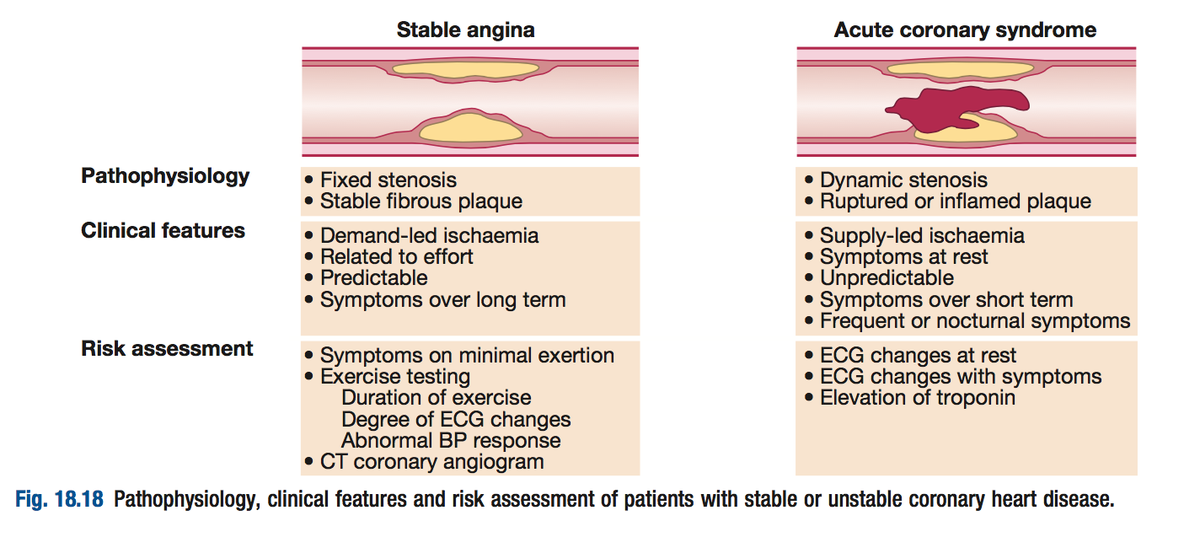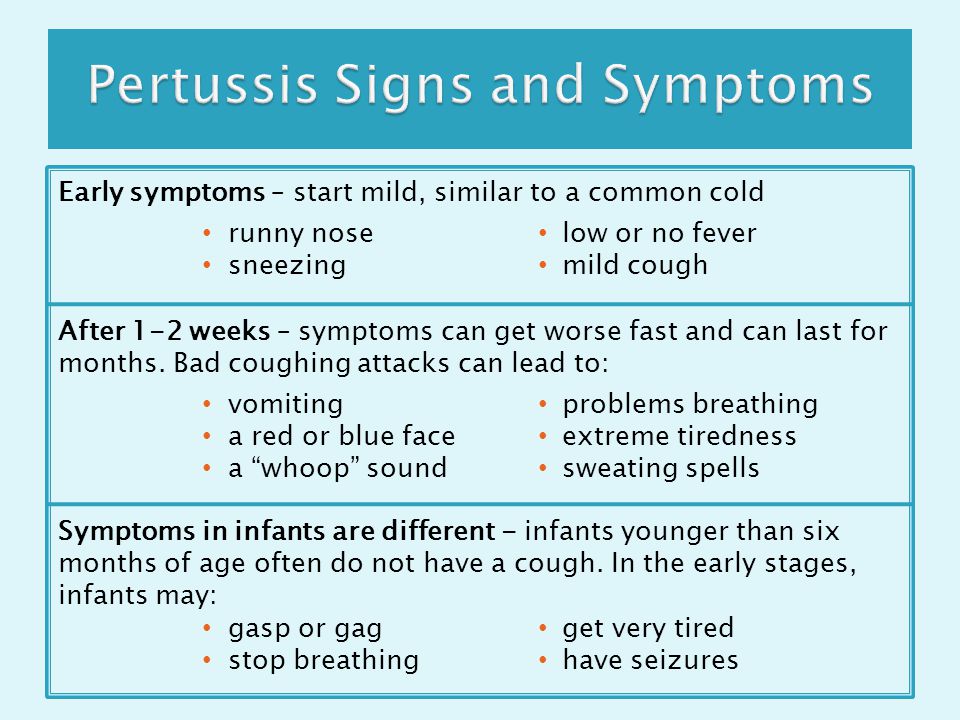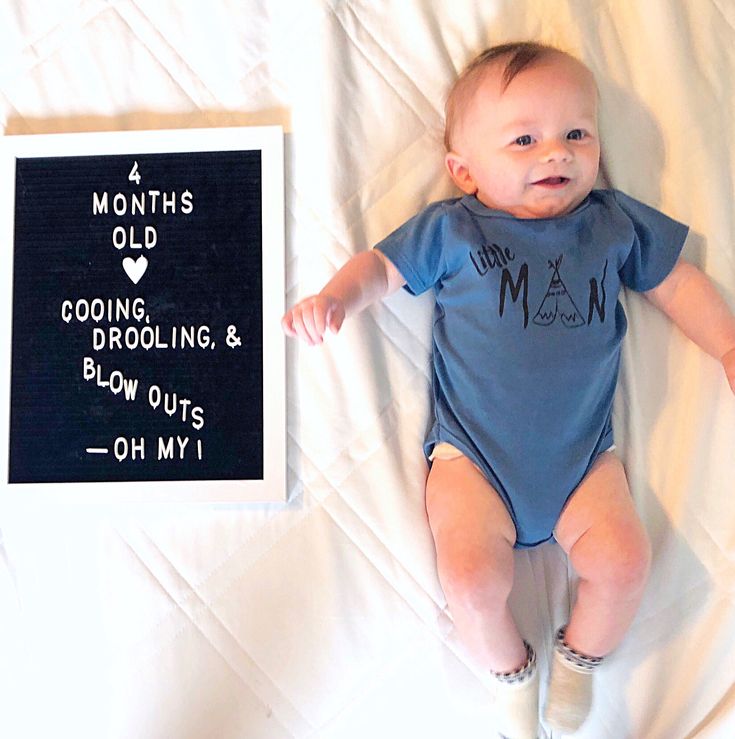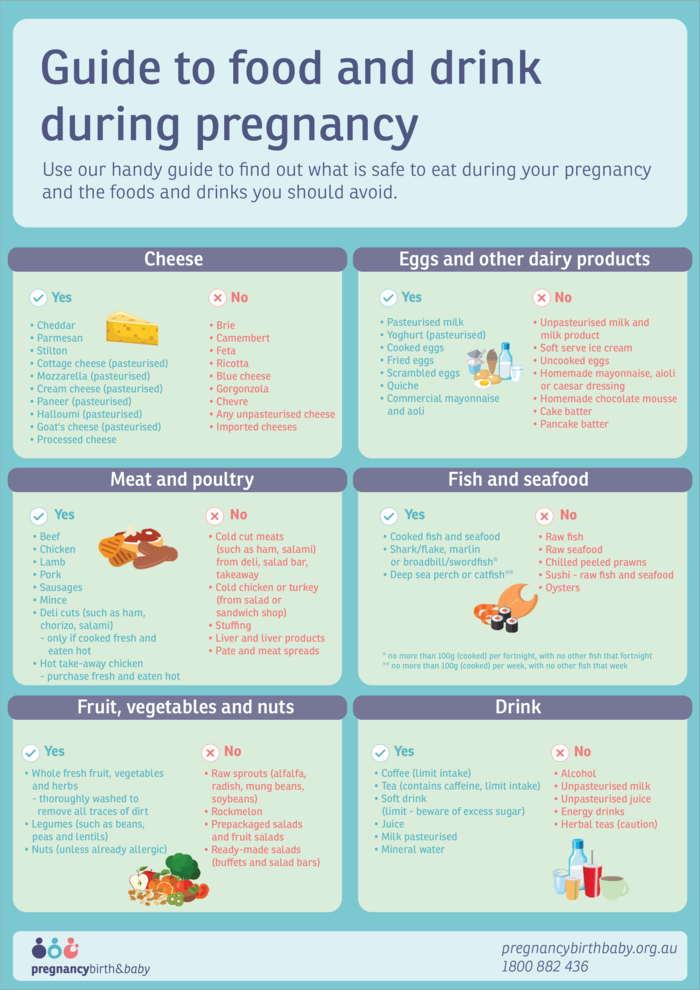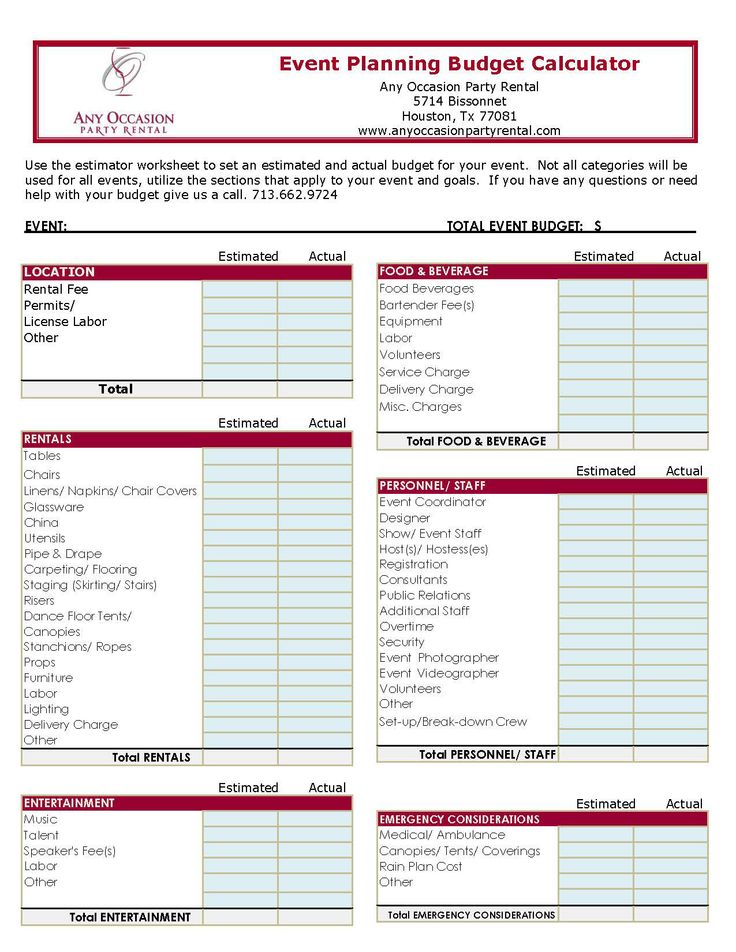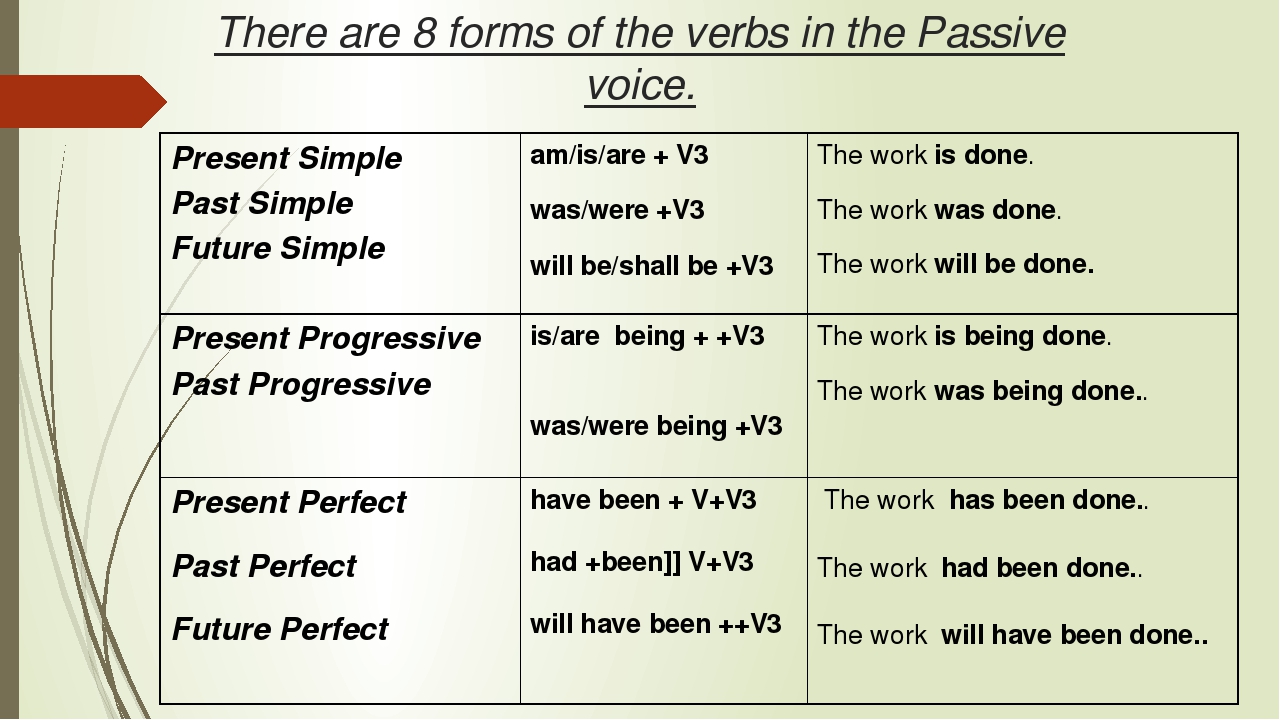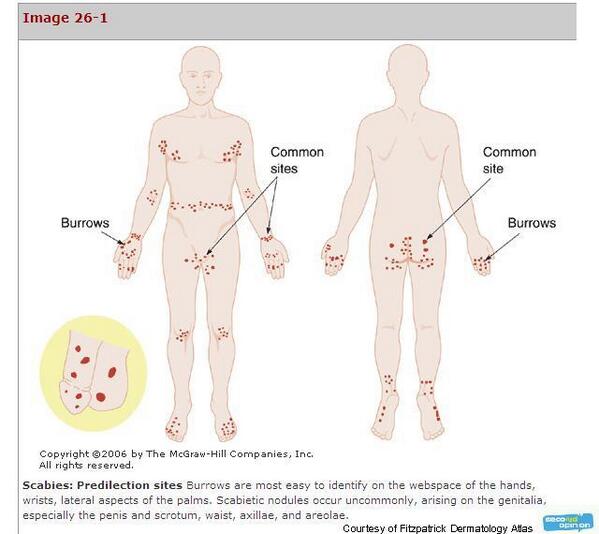Treatment for nipple vasospasm
Vasospasm and breastfeeding - symptoms, causes, management
beginning of content5-minute read
Listen
What is nipple vasospasm?
Vasospasm is what happens when the blood vessels supplying the nipple go into spasm and reduce the blood flow to the nipple. This affects the flow of milk from the nipple.
It is common to feel intense pain if this happens, particularly if the weather is cold. While any of the body's blood vessels can be affected by vasospasm, it can be a particularly painful condition for breastfeeding mothers.
Nipple vasospasm can occur:
- In response to nipple trauma if the baby is not well attached to the breast.
- It can also happen due to Raynaud’s phenomenon, more commonly called ‘Raynauds’ (see below). This is when vasospasm occurs randomly and is unrelated to breastfeeds.
Some women are more likely to have nipple vasospasm, particularly those who tend to have cold fingers and feet and who may already believe they have poor circulation. Sometimes women first experience nipple vasospasm during their pregnancy.
Women who are below average weight for their height are also at greater risk. Cigarette smoking can make vasospasm worse because nicotine constricts the blood vessels.
What does vasospasm with breastfeeding feel like?
Women with vasospasm commonly describe it as an intense, throbbing, burning type of pain in their nipples. When the blood vessels in the nipples are affected by vasospasm, pain can be felt before, during or after breastfeeds. The pain can last for a few seconds or longer. Some women experience vasospasm when they ‘let down’ or their milk ejection reflex has been activated.
What does vasospasm look like?
The nipple or the tip of the nipple can appear white, or blanched during vasospasm. The colour of the nipple can also change as the blood returns to the vessels and tissues.![]() This can mean there’s a change from white to purple, blue or red as the nipples return to their normal colour.
This can mean there’s a change from white to purple, blue or red as the nipples return to their normal colour.
What is Raynaud’s phenomenon?
Raynaud’s phenomenon, more commonly called ‘Raynauds’ occurs when vasospasm happens randomly and is unrelated to breastfeeds. Vasospasm symptoms can also occur in the fingers and toes in response to cold.
Raynauds is caused by a temporary interruption to normal blood flow in the small blood vessels in the extremities. This is why the fingers and toes, nose, lips and ears are often the most vulnerable body parts being affected.
If you have Raynauds when you are pregnant, you may also experience nipple vasospasm when you are breastfeeding.
How do I know if I have vasospasm?
Breastfeeding should not be painful or uncomfortable. It is common in the early days of breastfeeding for mothers to experience some nipple sensitivity as their body adjusts tp feeding. Women with nipple vasospasm may continue to experience pain when breastfeeding, even when their baby is attached properly and sucking well.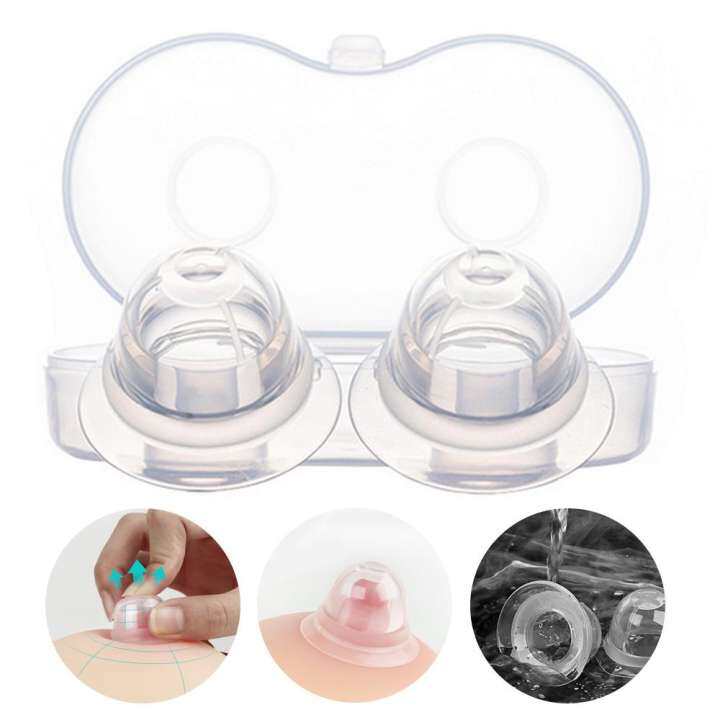
How can vasospasm be treated or managed?
You can manage the effects of nipple vasospasm by reducing your exposure to the air or cold. This will help your blood vessels to stay dilated and avoid becoming restricted. You can make your own decisions about comfort when deciding how many layers of clothing you need to wear. Ideally, you should use light layers which you can take off easily if you feel you’re overheating.
There are other strategies you can try too — for example:
- Apply warmth with a compress or heat pack straight after breastfeeding.
- Use breast warmers made from a reflective material since this can be soothing. Check with your pharmacist to see the options that are available.
- Try massaging olive oil onto your nipples after feeding but without exposing your breast to cold air.
- Try avoiding caffeine — some women report that avoiding this is helpful.
- Avoid exposing your nipples to cold air and wear more layers of clothing to avoid getting cold.
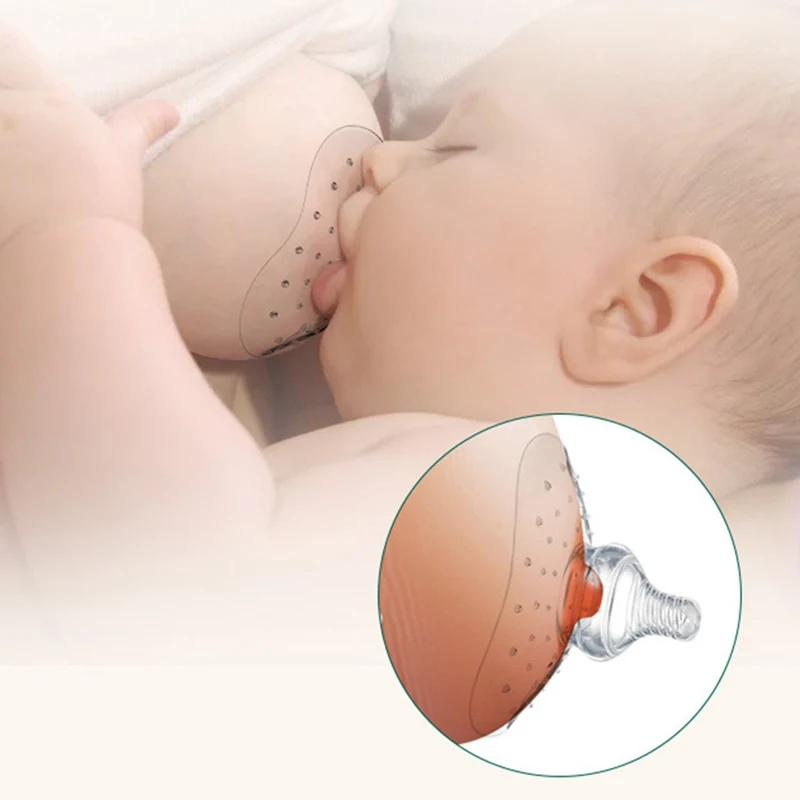
You should also check to make sure your baby is well attached when they are breastfeeding, and that you don’t have any nipple trauma or thrush.
Do supplements help for nipple vasospasm?
Some women find that taking supplements is very helpful in alleviating the symptoms of vasospasm. Before taking any medication or supplements, however, it’s important you speak with a healthcare professional or your pharmacist.
- Fish oil capsules or evening primrose oil (gamma linoleic) may help to improve blood vessel relaxation.
- Magnesium tablets can help to relax the blood vessels.
- Prescription medication may be beneficial — speak with your doctor for more information.
Where can I go for help and advice?
For more help with nipple vasospasm and breastfeeding, speak with:
- your midwife or child health nurse.
- a lactation consultant.
- Australian Breastfeeding Association — Helpline 1800 mum 2 mum, 1800 686 268.
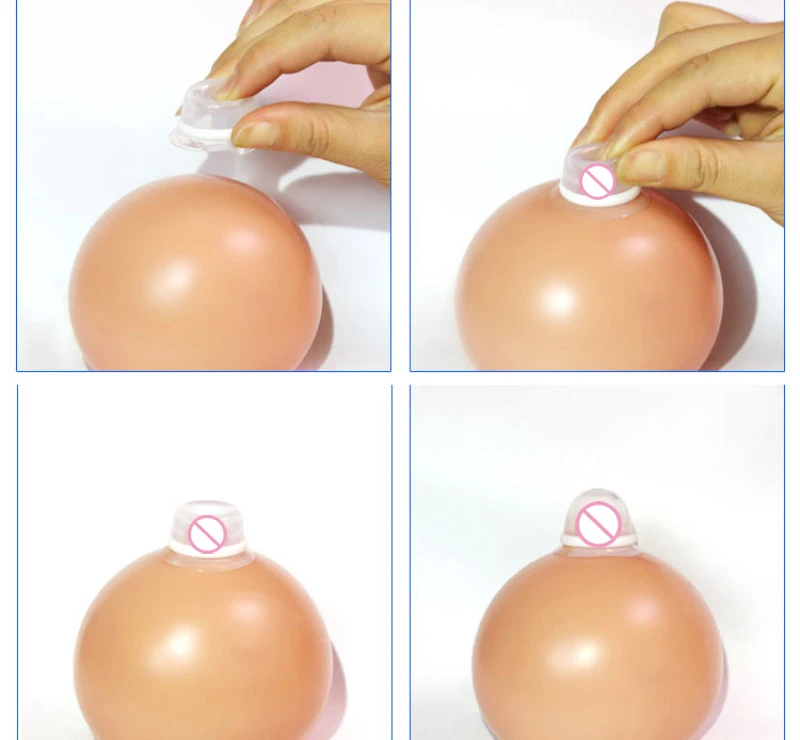
- Pregnancy, Birth and Baby on 1800 882 436 to speak to a maternal child health nurse.
Sources:
ACT Health (Nipple Vasospasm), The Royal Women's Hospital Victoria (Herbal medicines & breastfeeding), The Royal Women's Hospital Victoria (Nipple vasospasm), Australian Breastfeeding Association (Vasospasm)Learn more here about the development and quality assurance of healthdirect content.
Last reviewed: July 2021
Back To Top
Related pages
- Diet and medication while breastfeeding
- Breastfeeding your baby
- Mixed feeding
This information is for your general information and use only and is not intended to be used as medical advice and should not be used to diagnose, treat, cure or prevent any medical condition, nor should it be used for therapeutic purposes.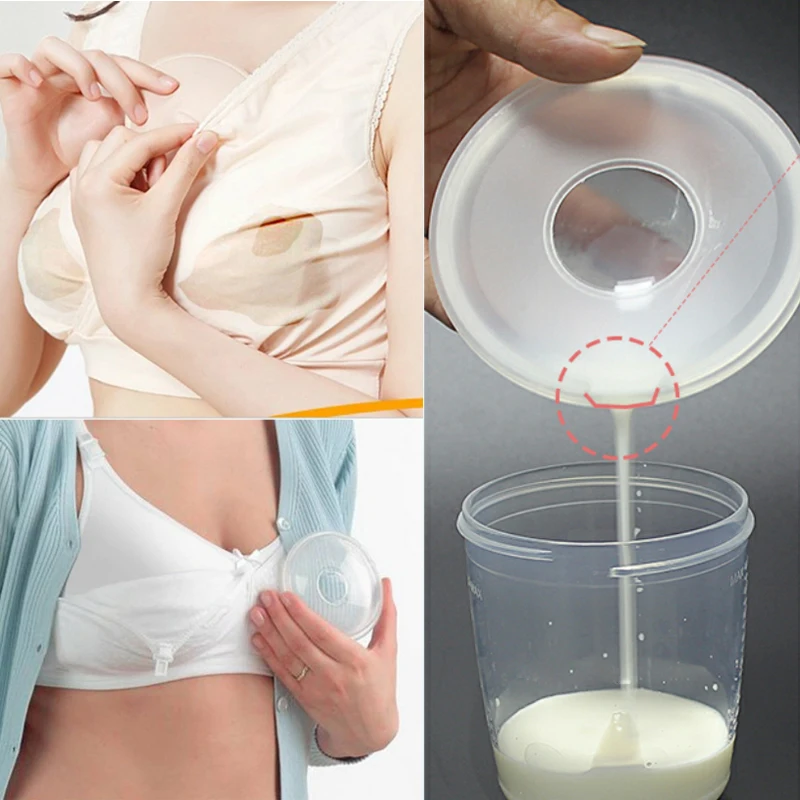
The information is not a substitute for independent professional advice and should not be used as an alternative to professional health care. If you have a particular medical problem, please consult a healthcare professional.
Except as permitted under the Copyright Act 1968, this publication or any part of it may not be reproduced, altered, adapted, stored and/or distributed in any form or by any means without the prior written permission of Healthdirect Australia.
Support this browser is being discontinued for Pregnancy, Birth and Baby
Support for this browser is being discontinued for this site
- Internet Explorer 11 and lower
We currently support Microsoft Edge, Chrome, Firefox and Safari. For more information, please visit the links below:
- Chrome by Google
- Firefox by Mozilla
- Microsoft Edge
- Safari by Apple
You are welcome to continue browsing this site with this browser. Some features, tools or interaction may not work correctly.
Some features, tools or interaction may not work correctly.
The Ultimate Guide to Nipple Vasospasm
Nipple vasospasm is an oftentimes painful condition that can affect breastfeeding parents. Learn what exactly nipple vasospasm is, what causes it, and how to best treat it so you can find relief.
Share this content
Nipple vasospasm occurs when the blood vessels supplying the nipple contract. The narrowed vessels limit the supply of blood and oxygen while reducing the flow of milk. Breastfeeding mothers who experience nipple vasospasm often feel intense pain. Although some people are naturally predisposed to nipple vasospasm, environmental and behavioral factors can increase the risk. The good news is that it’s often possible to reduce or eliminate nipple vasospasm symptoms with gentle care and the right treatment.
What are the Symptoms of Nipple Vasospasm?
It’s normal for blood vessels to expand and contract, but sometimes they contract too much and for too long. When this happens in the tissue surrounding the nipples, they don’t get enough blood. The nipple will often blanch, making it look paler than usual. When the blood returns, it can also look darker or redder than usual.
When this happens in the tissue surrounding the nipples, they don’t get enough blood. The nipple will often blanch, making it look paler than usual. When the blood returns, it can also look darker or redder than usual.
The nipple itself may feel sore, and some moms report a burning or stabbing sensation. Breastfeeding mothers can also experience pain deep in the breast tissue near their nipples. This pain can occur before, during, or after feeding. It can also happen between feeds if there are risk factors that increase the likelihood of vasospasm.
What Causes Nipple Vasospasm?
If you experience nipple vasospasm as a breastfeeding mother, it’s most likely because your baby is having latching difficulties during their nursing sessions. An ineffective latch can hurt your nipple and cause the blood vessels to constrict. Learning to latch, however, is common for newborns – and, though many moms will experience soreness or discomfort as a result, not all moms will experience nipple vasospasm. If you are prone to poor circulation (tip: do you frequently have cold hands or feet, even if the temperature is warmer?), this makes nipple vasospasm more likely.
If you are prone to poor circulation (tip: do you frequently have cold hands or feet, even if the temperature is warmer?), this makes nipple vasospasm more likely.
Other factors that may make nipple vasospasm more likely include:
- Exposing your nipples to cold temperatures.
- Cracked nipples.
- Infections, including thrush.
Nipple Vasospasm and Reynaud's Syndrome
Raynaud’s Syndrome causes some parts of the body to be particularly prone to vasospasm. People with this condition experience numbness, cold, and sometimes pain in their hands, feet, ears, and other body parts when smaller arteries supplying blood to the skin narrow in response to cold or stress and cause decreased blood flow to these areas. Breastfeeding mothers with Reynaud’s Syndrome are significantly more likely to suffer from nipple vasospasm.
How to Treat Nipple Vasospasm
If your nipple vasospasm symptoms started when you began to breastfeed, it could be the result of nipple damage from improper latching.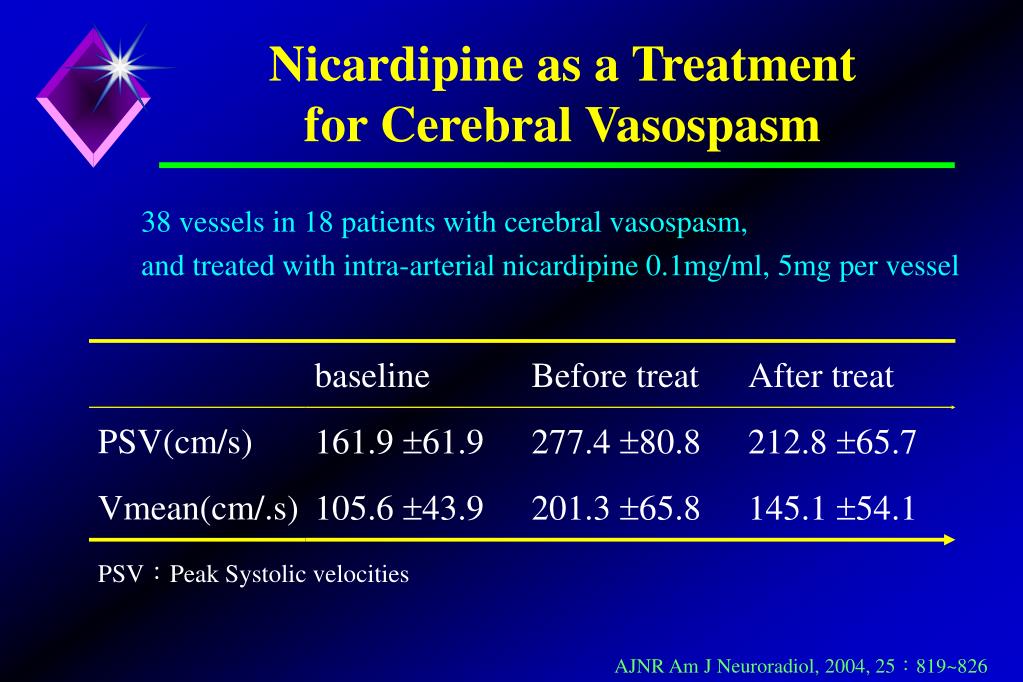 You may be able to reduce the pain associated with nipple vasospasm by ensuring your baby is properly latched to your breast while nursing. You can learn more about correctly latching your little one by working with a Lactation Consultant.
You may be able to reduce the pain associated with nipple vasospasm by ensuring your baby is properly latched to your breast while nursing. You can learn more about correctly latching your little one by working with a Lactation Consultant.
Other strategies that can be tried in tandem with working alongside a lactation specialist include:
- Avoiding cold environments when breastfeeding.
- Don’t expose your nipples to cold air – if you’re nursing your little one outside in cooler temperatures, make sure to keep yourself and your baby warm and cozy while they feed!
- Wear an extra layer of breastfeeding-friendly clothing to keep warm in or out of your home.
- Cover your chest as soon as your baby comes off the breast so you can maintain warmth.
- Use dry heat, such as a breast warmer or heat pack.
- Avoid caffeine, nicotine, and alcohol, all of which can also make vasospasm more likely.
Breastfeeding Vasospasm - Milk Fairies
Some breastfeeding moms experience nipple discomfort during and after feeding their baby.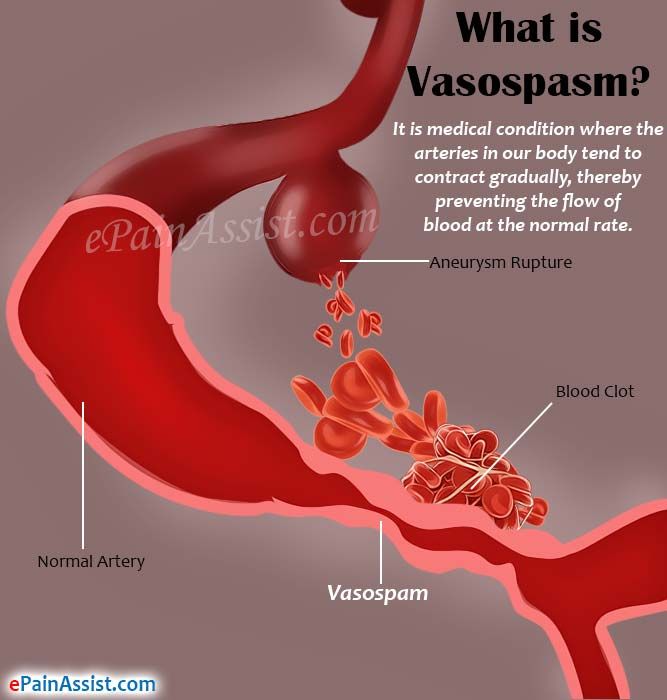 Discomfort and pain can occur for various reasons, and one of them is vasospasm .
Discomfort and pain can occur for various reasons, and one of them is vasospasm .
Vasospasm of the nipples is often correlated with Raynaud's syndrome - a disease characterized by a disorder of arterial circulation mainly in the vessels of the extremities (feet and hands) under the influence of cold or emotional excitement. nine0009
Vasospasm of the nipple occurs when the vessels in the upper part of the nipple spasm so strongly that all the blood drains from its tip, as a result of which the nipple turns white (as an option - successively turns white - blue - purple), and then, when the spasm passes , and the blood rushes back, turns pink again. Vasospasm can occur on one or both breasts at once and last from a few minutes to an hour or more. Soreness can be of a different nature.
The mother may feel burning, throbbing, stabbing or burning pain; moreover, pain and external manifestations of vasospasm can occur both immediately after feeding and between them [5]. Some moms feel Shooting pain that starts from the nipple and radiates deep into the chest, so vasospasm is often misdiagnosed as a yeast infection.
Some moms feel Shooting pain that starts from the nipple and radiates deep into the chest, so vasospasm is often misdiagnosed as a yeast infection.
Vasospasm can occur on its own or as a result of infections or injuries to the nipple - this is how the nipple signals a problem. Often, a mother notices that it has become painful to feed, and after the feeding is completed, she finds that the nipple has become white. Usually injuries and damage to the nipples during lactation are associated with features breastfeeding the baby - in order to prevent or alleviate the symptoms of vasospasm, you must first make sure that the baby is properly attached to the breast and does not injure it when sucking.
In addition, vasospasm may occur in women who have had breast or nipple surgery in the past, possibly due to tissue and nerve damage. Certain drugs (eg, fluconazole and oral contraceptives [3]) and certain substances, including nicotine and caffeine, can also contribute to vasospasm [9].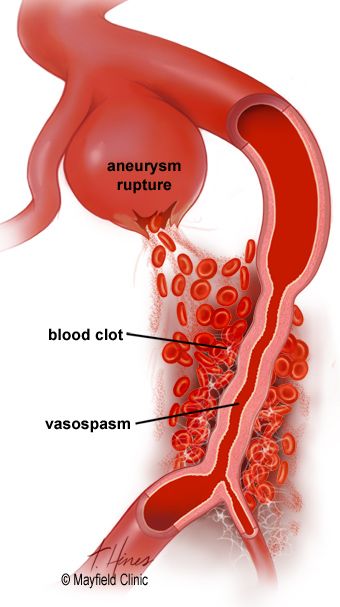 ].
].
How to help yourself during vasospasm?
During the vasospasm itself, to stop the pain, you can try to restore blood flow to the tip of the nipple by gently squeezing the nipple at its base. [8] Gentle massage with light squeezing movements (you can lubricate your fingers with cosmetic or vegetable oil) will help to quickly restore blood supply to the nipple and reduce pain until it disappears completely.
In the case of prolonged and severe pain, you can take (on consultation with your doctor!) an anesthetic that is compatible with breastfeeding, such as Ibuprofen or Paracetamol. [nineteen0009
How to prevent vasospasm?
To avoid or reduce the intensity of vasospasms, in the first place - do not overcool ! [2] Put on a warm vest or carry your baby in your arms for a while after feeding. Some mothers find it helpful to put a warm diaper on the nipple as soon as the baby releases the breast. Some people use a hair dryer on warm air, blowing it on their breasts.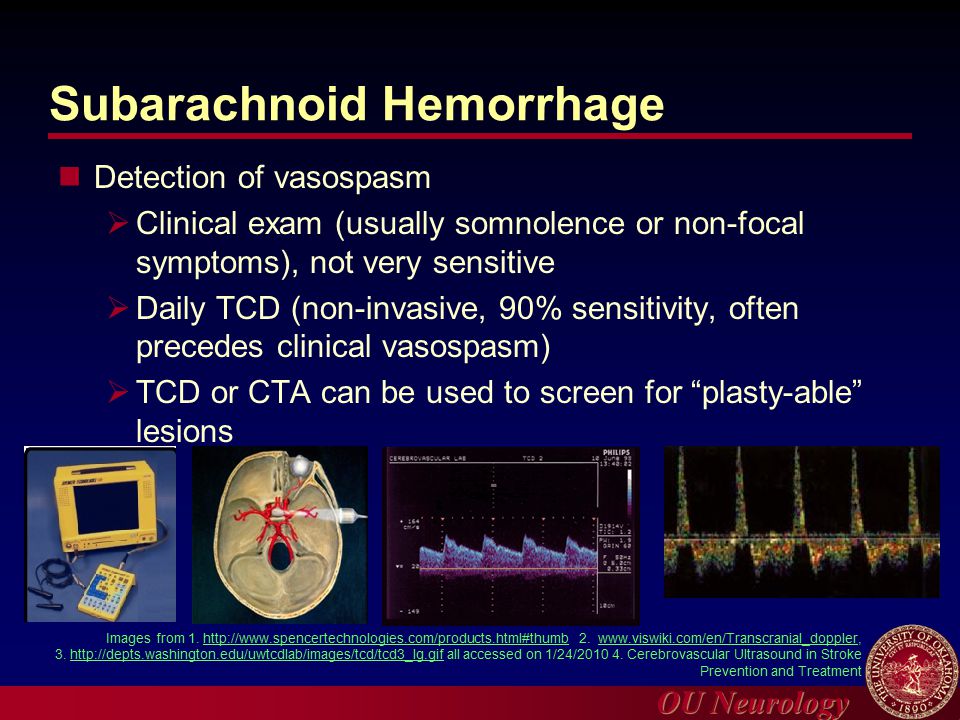 Similarly, any warm dry and wet compresses help or even your own warm hand covering the nipple immediately after breastfeeding.
Similarly, any warm dry and wet compresses help or even your own warm hand covering the nipple immediately after breastfeeding.
If painful vasospasm persists despite non-traumatic breastfeeding and heat application after feedings, then medication prevention and treatment of vasospasm may be an option (as directed by your physician only!). For example, you can ask a doctor to prescribe vitamin B6, calcium and magnesium as a preventive measure and relieve vasospasm .
Some doctors recommend applying a moderate amount of nitroglycerin ointment or 2% spray to the nipples after each feed for the first 24 hours and then whenever symptoms of vasospasm begin [6]. However, its use can cause a side effect in the form of headaches, and only about half of the patients confirm the effectiveness of such an ointment for vasospasm.
One tablet Nifedipine long-acting tablets per day for two weeks may also help. Nifedipine is a calcium channel blocker commonly used to treat hypertension and is not excreted in breast milk. [7] Nifedipine therapy has been shown to be effective in vasospasm and has no side effects in the baby [4]. nine
Nifedipine is a calcium channel blocker commonly used to treat hypertension and is not excreted in breast milk. [7] Nifedipine therapy has been shown to be effective in vasospasm and has no side effects in the baby [4]. nine
 Nifedipine is excreted in human milk. Eur J Clin Pharmacol 36:427–28, 1989
Nifedipine is excreted in human milk. Eur J Clin Pharmacol 36:427–28, 1989 Vasospasm during breastfeeding: symptoms, treatment
Many mothers, preparing for breastfeeding, expect only pleasant emotions and a wonderful feeling of unity with the baby. Pain during this process can be an unpleasant surprise. Breastfeeding vasospasm is nipple pain that occurs during and after breastfeeding. What are the causes of this phenomenon and what can be done to help?
Symptoms and causes
Vasospasm occurs when the vessels around the nipple are severely spasmodic and the blood drains from the top of the nipple. Outwardly, this is manifested by the fact that the nipple turns white. Then the spasm stops, the blood rushes again and the nipple again takes on the usual pink color. Such a phenomenon can be only on one breast or on two.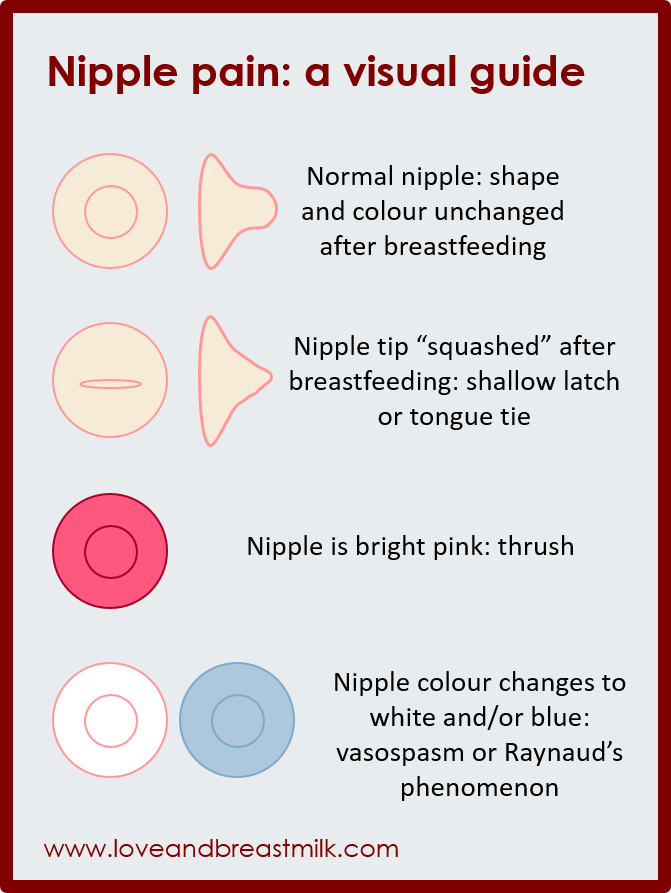 The duration of the spasm can be different - from 5 to 60 minutes or even more. What does a woman feel? The pain is sharp, alternating with throbbing and stabbing. Sometimes it goes from the nipple somewhere inside the chest. nine0009
The duration of the spasm can be different - from 5 to 60 minutes or even more. What does a woman feel? The pain is sharp, alternating with throbbing and stabbing. Sometimes it goes from the nipple somewhere inside the chest. nine0009
Vasospasm is usually diagnosed in the first weeks after childbirth, when lactation is just established and the body is adapting to the new function. The reasons for this phenomenon are as follows:
- Incorrect attachment of the baby to the breast. For example, when the baby does not completely cover the areola with his lips, but only the nipple and squeezes it with his gums.
- Nipple injury and infection. Pain is the first symptom of a problem that needs to be addressed immediately.
- Excessive dryness of the skin of the breast in the areola and nipple area. This happens if a woman uses hygiene and cosmetic products too actively. nine0082
- Sudden change in medium temperature.
- Damage to nerves, breast tissue during surgery in the past.
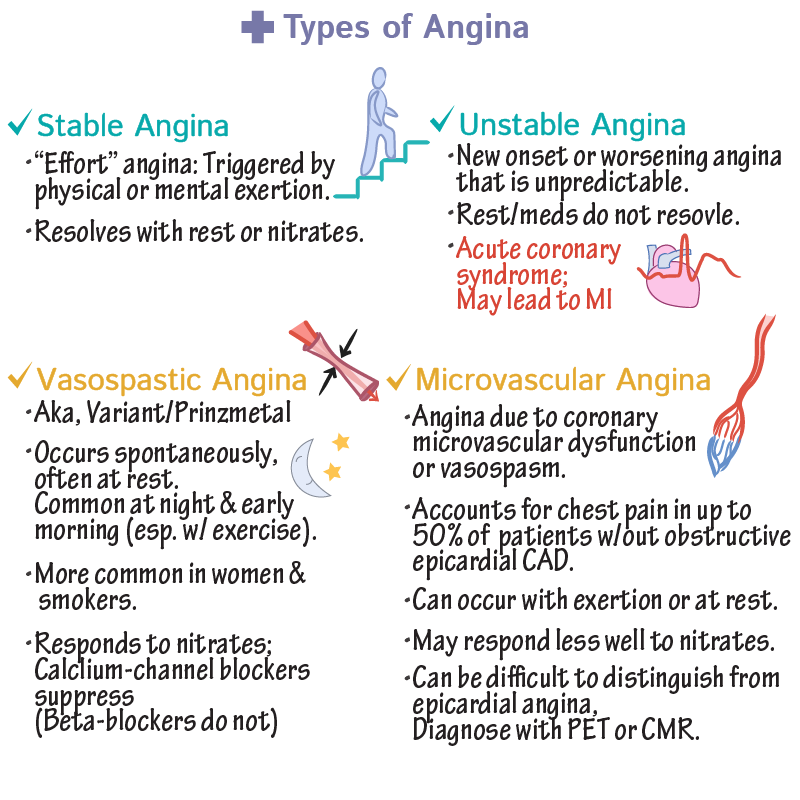
- Circulatory disorders in the vessels of the extremities.
Treatment
Treating vasospasm while breastfeeding requires a holistic approach. First of all, it is necessary to ensure the correct capture of the newborn breast. The nipple should rest against the sky of the baby and remain in this position throughout the feeding. If you can not establish feeding on your own, it makes sense to contact specialists. nine0009
Do not abuse hygiene procedures, especially with soap. Dryness of the skin leads to the appearance of painful cracks. Also, do not use antiperspirant deodorants.
After you have finished feeding your baby, it is recommended to immediately cover the breast with a warming cloth. This will prevent sudden temperature changes. For the same reason, you should not use a contrast shower yet. Don't overcool! You can also use dry or moist heat after feeding - apply warm heating pads to the mammary glands for 5-10 minutes. nine0009
Self-massage gives very good results.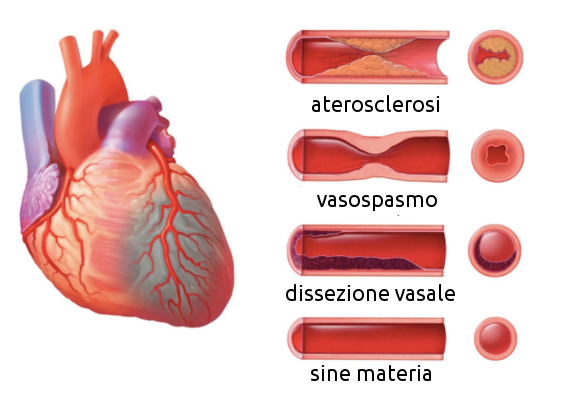 Careful kneading of the nipples with your fingers leads to a rapid expansion of blood vessels and relief of spasms. You can also massage the chest area between the collarbone and chest, stroke and rub it. It also shows the intake of B vitamins and Mg preparations in combination with Ca for a course of at least 2 weeks.
Careful kneading of the nipples with your fingers leads to a rapid expansion of blood vessels and relief of spasms. You can also massage the chest area between the collarbone and chest, stroke and rub it. It also shows the intake of B vitamins and Mg preparations in combination with Ca for a course of at least 2 weeks.
Creams and ointments that moisturize and soften the skin of the breast and nipple can be used to avoid cracking and injury to the nipple. The use of silicone breast pads also gives good results. nine0009
Usually the above methods are good for relieving vasospasm during breastfeeding. If this does not happen and the pain annoys you, you need to see a doctor. Most likely, he will prescribe medication. Drugs are used to dilate peripheral vessels and lower blood pressure. Nifedipine gives good results, but it can only be used on the advice of a doctor.
- Elena Bravistova
-
Specialist in breastfeeding, feeding children under one year old.
